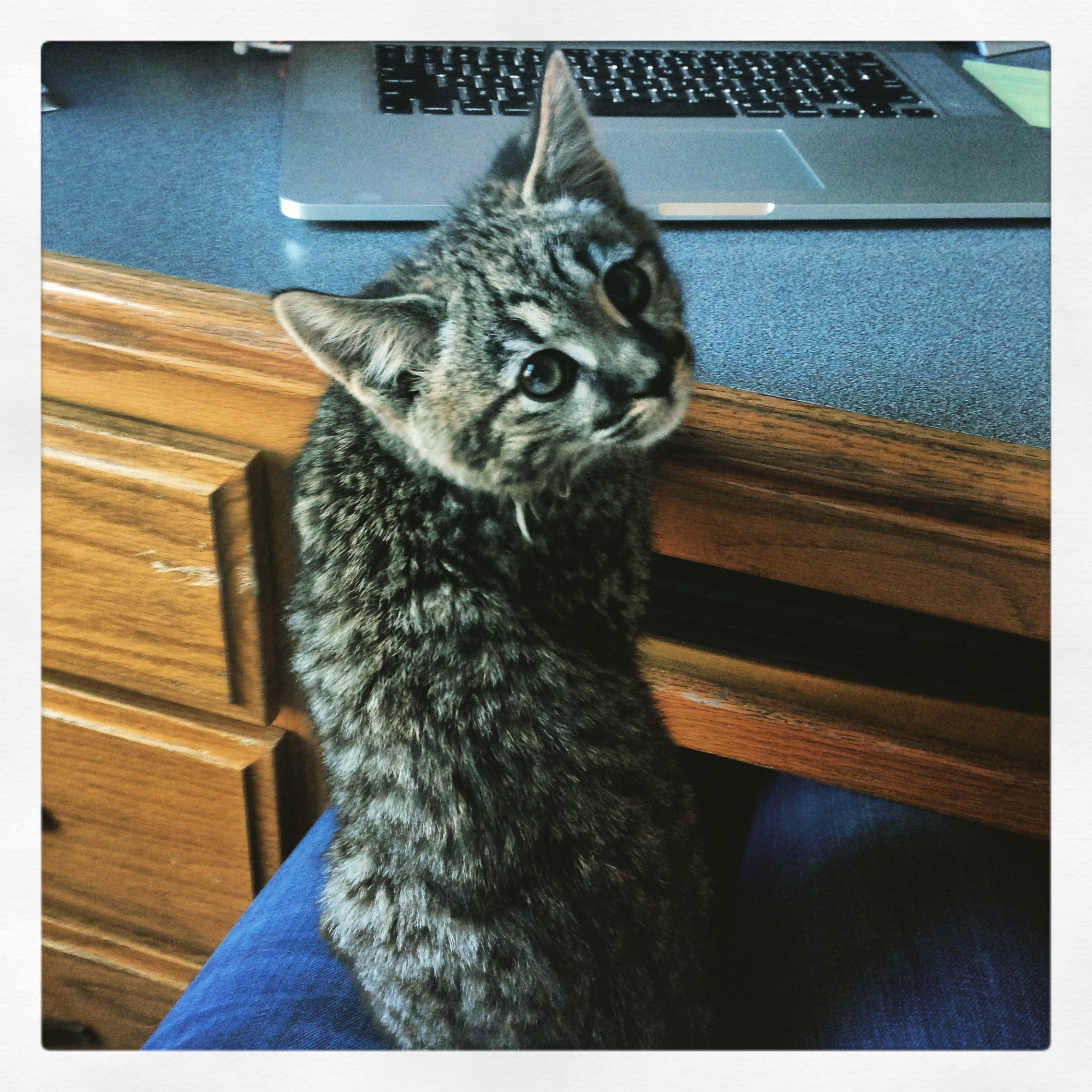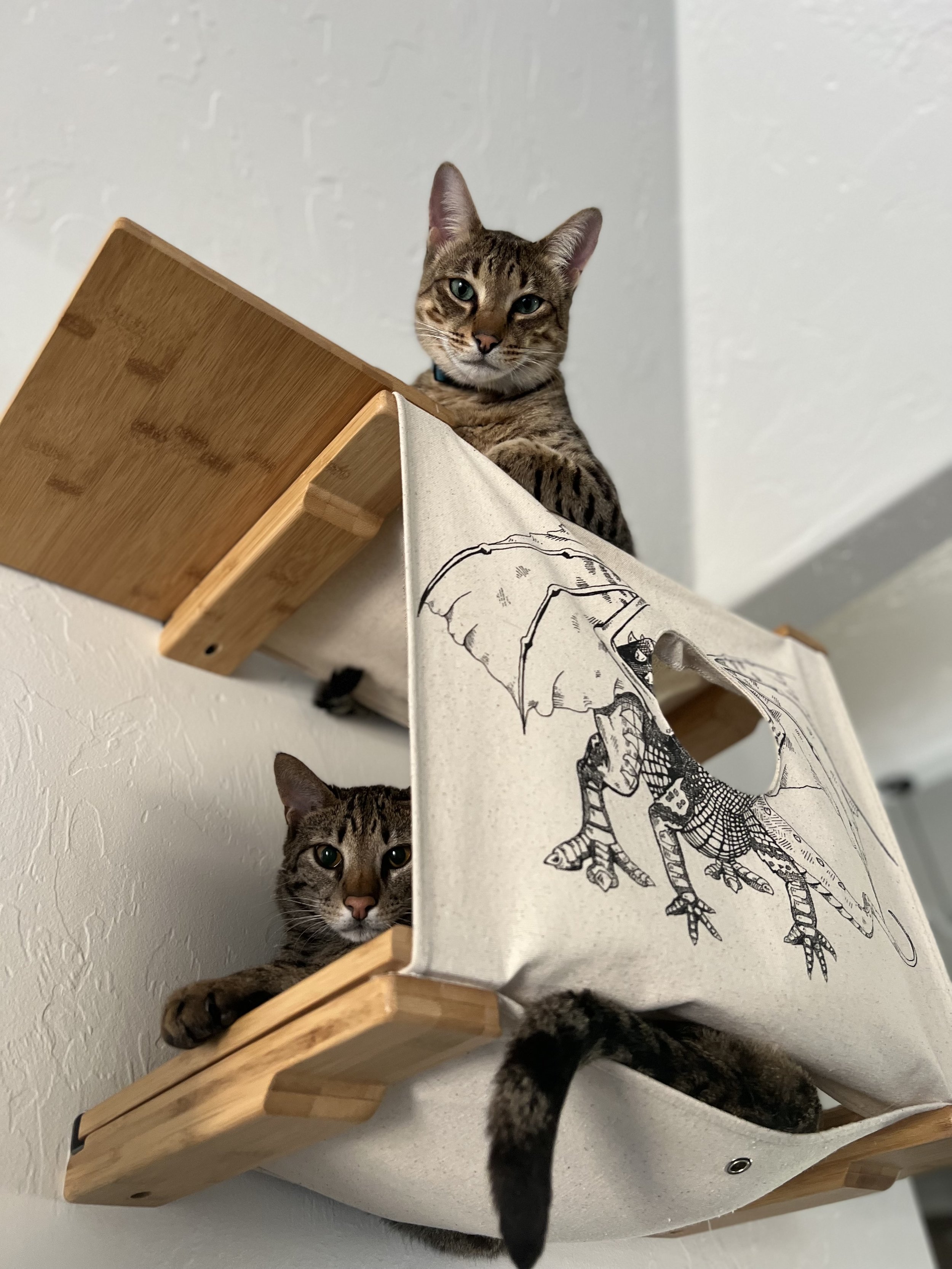Companionship is a fundamental need that transcends species, manifesting uniquely in both humans and animals. While it's easy to recognize our own social desires, observing these needs in our pets, particularly cats, can offer surprising insights into our behaviors and relationships. Cats, known for their mysterious and selective social habits, parallel humans in more ways than one might initially think.
In this exploration, we delve into the world of cats and their behaviors to draw parallels with human companionship needs — highlighting how both seek connection in distinct yet often surprisingly similar ways.
Through this lens, we will also touch upon the role of escort services like Dubai escorts service in modern society, providing a broader perspective on the diverse ways humans fulfill their social and emotional needs. By examining the intricacies of companionship across species, we aim to shed light on the complex nature of relationships and the ethical considerations surrounding them.
The Social Behaviors of Cats
Cats are fascinating creatures with complex social behaviors that often mirror human interactions in surprising ways. Traditionally seen as solitary animals, cats actually exhibit a wide range of social needs and preferences, which can teach us a lot about the nature of companionship.
Selective Sociability
Unlike many dogs that generally display consistent sociability, cats choose when and with whom they want to interact. This selective sociability can be seen in how they manage their time between active engagement with their owners or other cats and their considerable need for solitude. Cats often seek attention on their own terms and retreat to solitude when they need to recharge—a behavior not unlike the human need for a balance between social interaction and personal space.
Communication Through Body Language
Cats communicate predominantly through body language, using a sophisticated system of signals to express comfort, displeasure, curiosity, and affection. Observing a cat's body language can provide insights into its emotional state, similar to how humans rely on non- verbal cues to gauge social situations and personal boundaries.
Establishing Territories
Territoriality is another significant aspect of cat behavior. Cats often establish and defend their territories, which provides them with a sense of security and control. In human contexts, the idea of personal space and the comfort of a familiar environment play similarly crucial roles in our social interactions and mental well-being.
The Role of Play
Play is essential in a cat’s life, serving both as a means of exercise and a way to engage with their environment and companions. Similarly, humans use recreational activities to bond with others, share experiences, and express themselves. Play in humans and cats is not only about enjoyment but also about establishing social hierarchies and relationships.
Human Companionship Needs
Human beings, much like cats, have complex needs for companionship that vary widely from one individual to another. These needs are influenced by a range of factors, including personality, life experiences, and societal expectations. Understanding these needs can help us appreciate the varied ways in which people seek and establish connections.
Balancing Independence and Social Interaction
Humans exhibit a delicate balance between independence and the desire for social interaction, a dynamic clearly mirrored in the behavior of cats. While some individuals may
require considerable alone time to recharge and maintain their mental health, others thrive on continuous social engagement. This spectrum of needs emphasizes the importance of respecting personal boundaries and recognizing the diversity in human companionship preferences.
The Importance of Communication
Just as cats use body language to communicate non-verbally, humans rely heavily on both verbal and non-verbal communication to express feelings, share thoughts, and forge relationships.
Effective communication is crucial in building trust and understanding, which are foundational elements of any relationship. Misunderstandings in communication can lead to conflicts, much like the subtle cues missed between a pet and its owner can lead to discomfort or stress.
Social Bonds and Mental Health
The strength and quality of our social bonds significantly impact our mental health. Strong, positive relationships can provide emotional support, reduce stress, and increase overall life satisfaction.
Conversely, loneliness and poor social connections are often associated with increased depression and anxiety. This is akin to how social interactions—or the lack thereof—can affect the well-being of cats, who can exhibit signs of stress or happiness based on their social environment.
Cultural and Societal Influences
Cultural norms and societal influences play a significant role in shaping how individuals approach relationships and companionship. What is considered a norm in one culture regarding companionship might be different in another, reflecting the diverse ways in which human societies organize and understand social interactions.
The Role of Escort Services in Modern Society
In modern society, escort services play a multifaceted role, offering companionship in ways that are often misunderstood by the general public. Just as we've explored the nuanced social behaviors of cats and the complex companionship needs of humans, it's essential to understand the legitimate and varied reasons individuals might choose to engage with escort services.
Companionship Beyond Physical Interaction
Contrary to common misconceptions, escort services often provide companionship that goes beyond mere physical interaction. Many clients seek out escorts for emotional companionship, someone to talk to and share experiences with, much like a friend. This
need for emotional support parallels the companionship offered by pets, which can also be primarily about presence and comfort rather than physical interaction.
Social Functions and Events
Escorts are frequently hired to accompany individuals to social functions and events. This service can be particularly valuable for those who need a plus-one to navigate social settings more comfortably, providing an immediate circle of interaction that can help reduce anxiety and increase personal confidence.
A Response to Modern Work Lifestyles
Modern work lifestyles often involve irregular hours and extensive travel, which can hinder traditional dating or social interactions. Escorts can provide companionship tailored to fit these unconventional schedules, much like a pet provides unconditional companionship that fits around an owner's lifestyle, always available regardless of timing.
The Professional Nature of Escorting
It's crucial to recognize the professional nature of escorting, where services are provided in a controlled, consensual, and contractual manner. Escorts offer their time and companionship with clear boundaries and mutual respect, ensuring that the interactions are straightforward and understood by all parties involved.
This professional arrangement ensures that individuals can meet their social needs without the complexities and expectations that often come with personal or romantic relationships.
This can be particularly liberating for those who value their independence but still require human interaction to maintain a balanced and happy life.
Mating Behaviors and Relationship Dynamics
Drawing parallels between the mating behaviors of cats and human dating behaviors can illuminate our understanding of instinctual drives and relationship dynamics. Both cats and humans display complex behaviors influenced by biological, psychological, and social factors.
Instinctual Behaviors in Cats
Cats exhibit a variety of largely instinctual mating behaviors. During mating seasons, cats may become more vocal, restless, or aggressive due to hormonal changes. These behaviors are natural and serve specific purposes in the context of reproduction and survival.
Human Dating Behaviors
Humans, too, exhibit behaviors driven by a mix of instinctual and social cues. While human dating is far more complex and influenced by cultural norms and personal choices, certain instinctual behaviors, such as the desire for companionship and emotional connection, play a significant role. Understanding these instincts can help individuals navigate their personal relationships more effectively.
Natural Instincts and Modern Relationships
In modern human relationships, natural instincts often intersect with societal expectations. For example, the desire for physical and emotional closeness can sometimes conflict with career ambitions or personal independence. Recognizing and balancing these instincts with personal goals and societal roles is a key challenge in contemporary dating and relationships.
The Role of Escort Services
In this context, escort services can be seen as a response to the modern challenges of dating and relationships. They provide an opportunity for companionship that respects individual boundaries and needs without the additional pressures of traditional dating. This can be particularly appealing to those who need to balance strong instinctual needs for companionship with other life demands.
Drawing Conclusions
Our exploration of the social behaviors of cats and the roles of escort services underscores the nuanced nature of companionship. Both cats and humans navigate a complex array of companionship needs that reflect individual preferences and societal influences.
Escort services, often misunderstood, play a crucial role in meeting the social and emotional needs of many individuals, much like pets fulfill a similar role of companionship in their owners' lives. Recognizing and respecting these services as part of the spectrum of human interactions allows for a better understanding and acceptance of different lifestyles.
By valuing the complexity of companionship in all its forms, we enhance our collective well- being and contribute to a more inclusive and compassionate society. This understanding encourages us to acknowledge and embrace the diverse ways individuals seek connections, ultimately enriching our communal experience.














